With the Cheltenham Festival been and gone, all eyes are on Aintree and the Grand National. These courses feature in Tom Peacock’s Remarkable Racecourses, as do other familiar names: Ascot, Epsom, Goodwood, Chantilly and so on. But this isn’t simply a rundown of the most famous racecourses in the world. It’s more a whistle-stop, round-the-world tour of racetracks that are a bit different.
What’s striking is just how much a racecourse can tell you about the culture and politics of a place. Politics does occasionally come into racing — after all, the most famous of all the suffragettes’ protests happened on a racecourse. We learn that in Beirut, the racecourse was the only place during the Lebanese civil war where residents could ‘mix freely’, arriving through separate entrances. With gambling illegal in mainland China, Happy Valley racecourse in Hong Kong sees many punters coming for a flutter, and the state monopolised tote can see nearly £100 million staked per meeting. The British colonial influence is seen at dozens of racecourses around the world, from Hong Kong to the likes of Garrison Savannah in Barbados, Ngong in Nairobi and the Royal Turf Club Nuwara Eliya in Sri Lanka.
Other courses teach you about the culture of a place. At Cartmel in the Lake District, a village more famous for its sticky toffee pudding, winning owners and trainers receive a pudding as a prize. At Ashgabat Hippodrome in Turkmenistan, Akhal-Tekes — the Turkmen ‘golden’ horses, from which the original thoroughbreds are believed to have evolved — race beneath enormous portraits of the country’s authoritarian leader, Gurbanguly Berdimuhamedow. The Soma-Nomaoi Samurai Festival in Japan sees samurai warriors racing in full uniform and bearing katana swords; while in Epsom, the Rubbing House pub claims to be the ‘only hostelry in the world on a racecourse’. Perhaps that reflects on the British attitude to a day at the races a little too well.
As the former jockey turned racing correspondent Marcus Armytage points out in the foreword, there are ‘no rules governing a racecourse’s layout or situation’. So Peacock also takes us to Birdsville in Queensland, Australia, where for two days every September horses race around a claypan in the desert; and to St Moritz, where green turf is replaced by the snowy white of a frozen lake. The Yushu Horse Festival, which takes place on the Himalayan Plateau in Tibet at 12,000 ft above sea level, also features; while at Laytown, County Meath, horses race along the beach — something that was once common in Ireland, but has slowly been dying out.
This book will certainly look beautiful on your coffee table, but the equestrian journey is also an excellent lesson in the history and politics of horse racing from around the world.
Racecourses are all well and good, but somebody also needs to train the horses. You could be excused for thinking that steeplechasers are all trained in the same way. A bit of running around to get them fit, a bit of learning to jump, and Bob’s your uncle. But things are never that simple, are they?
In her latest book, The Jumping Game, Henrietta Knight, the former trainer of triple Cheltenham Gold Cup winner Best Mate, sets out to discover how different trainers go about training a winning horse. She visits the racing yards of 27 trainers, and not a stone goes unturned. In fact, if you wanted to go into training yourself, this book would be an excellent primer. Knight details the distance and surface of the gallops the horses train on, the feeds they eat, what their beds are made of, how much jumping work they do — everything, in fact, that goes into the training of a national hunt horse.
But if you’re simply a fan of jump racing? Well there’s plenty in it for you too. All Knight’s previous books have been well received by the racing community, but those were about her own life and horses. In this one, she’s telling other peoples’ stories. Gary Moore (father of Ryan, the former champion jockey) used to train in council premises in Brighton, where the horses were ridden daily through the ‘infamous, crime-ridden Whitehawk estate’, with ‘used syringes and burnt-out cars all over the place’. Surprisingly, many top trainers aren’t from racing stock. Paul Nicholls’s father was a policeman; Gordon Elliott’s works in a local garage; Nigel Twiston-Davies, Colin Tizzard and Alan King are all sons of farmers; while Lucinda Russell grew up in Edinburgh, the daughter of a whisky distillery owner.
What’s interesting is how their attitudes towards training differ. Some ‘loose school’ their horses (that is, jump them without a rider), a practice which Knight thoroughly approves of. Others make use of swimming pools and spas and salt rooms to help with their horses’ breathing — leaving Knight questioning ‘whether so many extras are needed for the training of National Hunt horses’. It’s not for nothing that she has been a trainer for more than 20 years: she has plenty of experience, and her voice and opinions come over loud and clear.
Got something to add? Join the discussion and comment below.
Get 10 issues for just $10
Subscribe to The Spectator Australia today for the next 10 magazine issues, plus full online access, for just $10.
You might disagree with half of it, but you’ll enjoy reading all of it. Try your first month for free, then just $2 a week for the remainder of your first year.


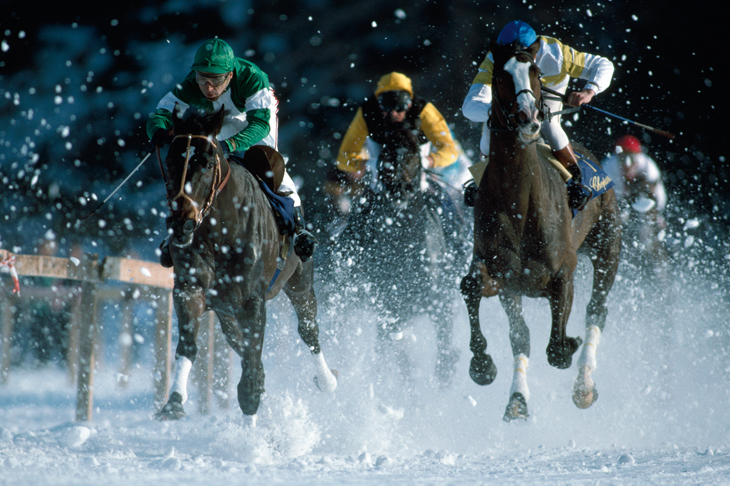
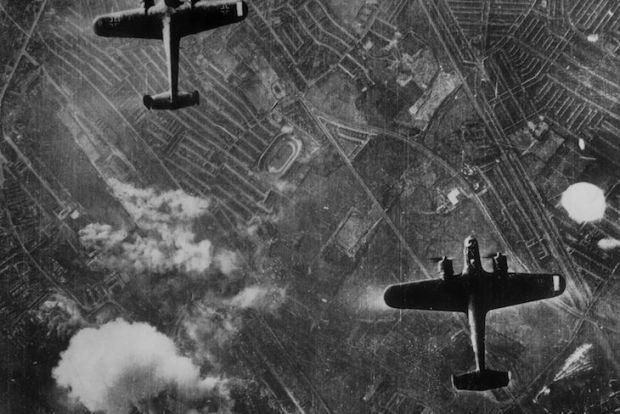
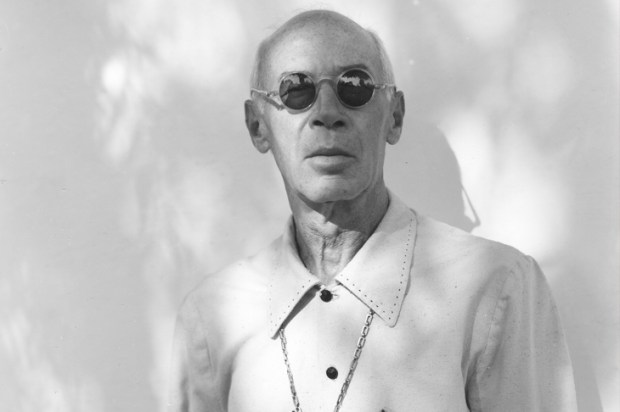

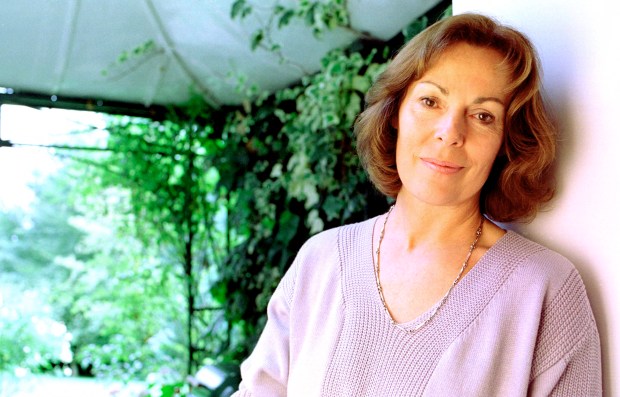
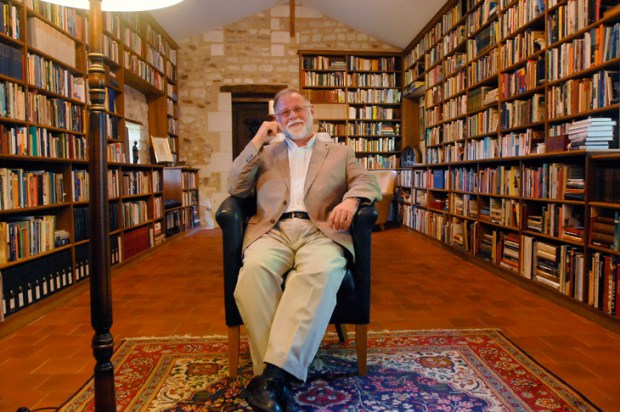
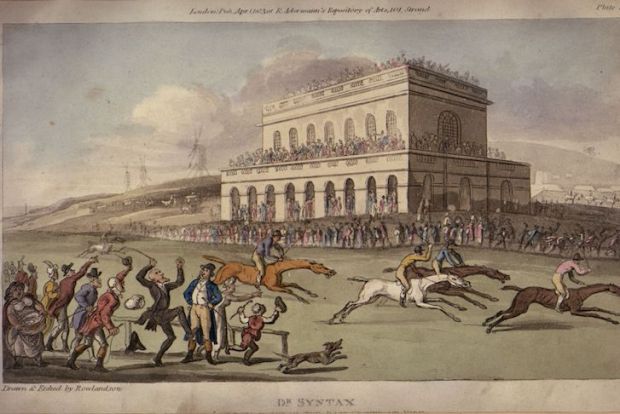






Comments
Don't miss out
Join the conversation with other Spectator Australia readers. Subscribe to leave a comment.
SUBSCRIBEAlready a subscriber? Log in